In a shocking revelation, young African women are being recruited under false pretenses to assemble Iranian-designed attack drones for Russia‘s war effort in Ukraine. This startling development, uncovered by an Associated Press investigation, exposes the lengths to which Moscow is going to address labor shortages in its wartime industries.
The Alabuga Drone Factory: Russia’s Covert Production Hub
The Alabuga Special Economic Zone, situated approximately 1,000 kilometers (600 miles) east of Moscow in Tatarstan, has emerged as Russia’s primary facility for manufacturing Shahed-136 drones. These unmanned aerial vehicles (UAVs), known for their one-way, exploding design, have become a crucial component in Russia’s arsenal against Ukraine.
“The company is all about making drones. Nothing else,” revealed one African worker who found herself unexpectedly involved in drone production. “I regret and I curse the day I started making all those things.”
The factory’s ambitious goal is to produce 6,000 drones annually by 2025. However, according to David Albright, a former U.N. weapons inspector, the current production has already reached an alarming 4,500 units, surpassing initial expectations.
Deceptive Recruitment and False Promises
Social media advertisements targeted young women aged 18-22 from various African Countries, including Uganda, Rwanda, Kenya, South Sudan, Sierra Leone, and Nigeria. These ads promised a free plane ticket, monetary compensation, and an exciting European adventure. The recruitment process even included a computer game and a 100-word Russian vocabulary test, giving no indication of the true nature of the work.
One hopeful recruit documented her journey with selfies and videos, only to discover upon arrival that she had fallen into what she described as “a trap.”
Harsh Working Conditions and Surveillance
The reality for these women is far from the promised adventure:
- Shifts can last up to 12 hours, with irregular days off
- Workers are exposed to caustic chemicals, often without adequate protective gear
- Constant surveillance is maintained in both dormitories and work areas
- Wages are lower than initially promised, with various deductions further reducing take-home pay
- Banking sanctions make it difficult for workers to send money back to their families
“A lot of girls are suffering,” one worker told AP, describing severe skin irritation from chemical exposure. “My God, I could scratch myself! I could never get tired of scratching myself,” she added, detailing the appearance of small holes on her cheeks that caused intense itching.
Quality Concerns and Production Issues
The influx of unskilled labor into such a sensitive manufacturing process has raised significant concerns about the quality of the drones being produced. David Albright suggested that “poor craftsmanship is seeping in,” potentially affecting the drones’ performance and reliability.
An AP analysis of about 2,000 Shahed attacks documented by Ukraine’s military since July 29 shows that approximately 95% of the drones failed to hit any discernible target. This high failure rate could be attributed to a combination of factors, including improved Ukrainian air defenses and potential manufacturing issues.
International Implications and Ethical Concerns
The recruitment of foreign workers, particularly young women from developing countries, for the production of weapons raises serious ethical and Legal questions.
Ravina Shamdasani, a spokesperson for the U.N. High Commissioner for Human Rights, noted that Russia’s actions “could potentially fulfill the criteria of trafficking if the recruitment is fraudulent and the purpose is exploitation.”
Several governments of countries whose citizens were recruited have expressed concern or promised to investigate the matter. Betty Amongi, Uganda’s Minister for Gender, Labour and Social Development, told AP that her ministry had raised concerns with its embassy in Moscow about the recruiting effort, particularly regarding the age of the women involved.
The Broader Impact on Drone Technology
This situation highlights the dark side of Drone Technology advancement. While drones have numerous beneficial applications in civilian and humanitarian sectors, their use in warfare continues to evolve, often outpacing ethical considerations and international regulations.
DroneXL’s Take
This disturbing development underscores the urgent need for greater oversight and ethical standards in the global Drone Industry. As we’ve reported in our coverage of drone technology advancements, the rapid progress in this field brings both opportunities and challenges.
The exploitation of vulnerable workers for military drone production is a stark reminder of the potential for misuse of this technology. It’s crucial that the international community addresses not only the ethical implications of drone warfare but also the labor practices involved in their manufacture.
As advocates for responsible drone use, we must continue to push for transparency, ethical standards, and proper regulation across all sectors of the drone industry. This includes not only the end-use of drones but also their development and production processes.
The situation in Alabuga serves as a wake-up call for the drone community to redouble efforts in promoting ethical practices and responsible innovation. It’s essential that as we advance drone technology, we do so in a way that respects human rights and international law.
What are your thoughts on this complex issue? How can the drone industry address these ethical challenges while continuing to innovate? Share your perspective in the comments below, and let’s engage in a meaningful discussion about the future of drone technology and its global impact.
Discover more from DroneXL.co
Subscribe to get the latest posts sent to your email.





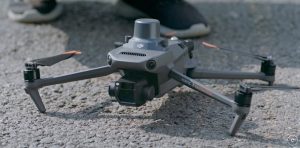



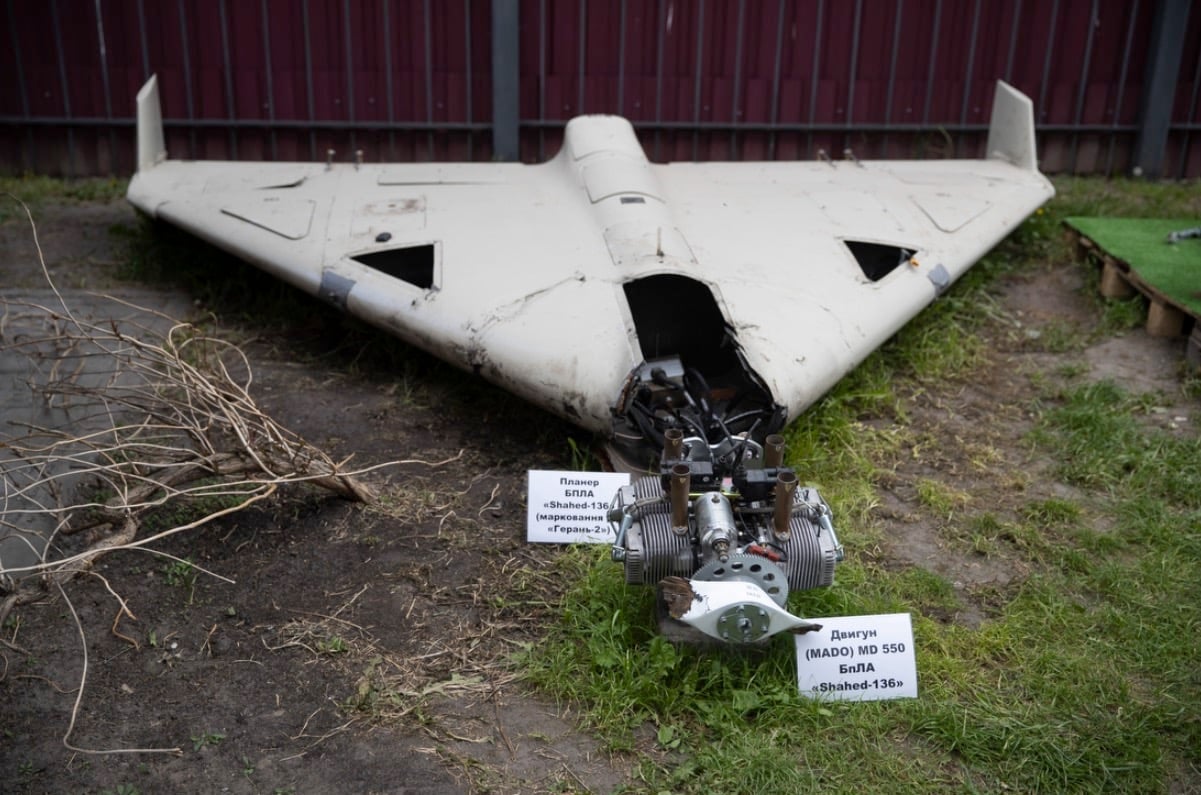

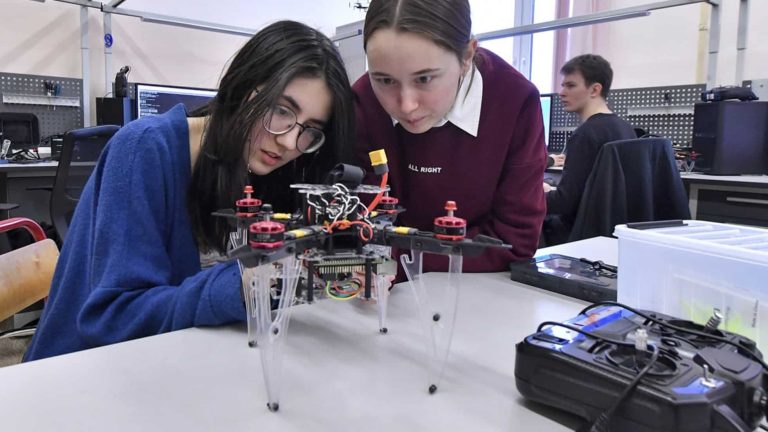
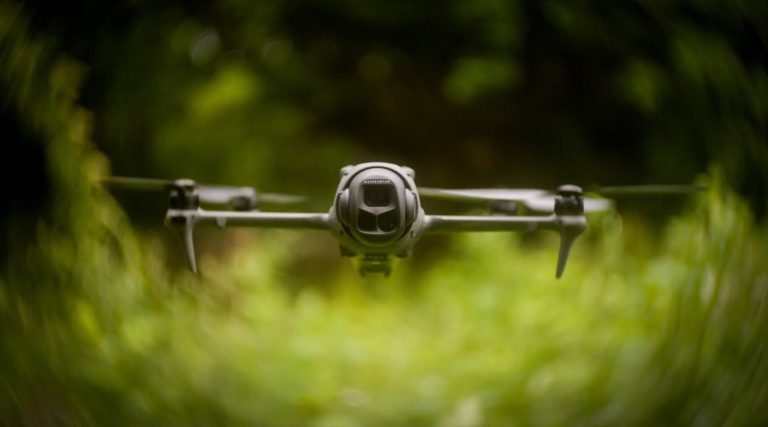



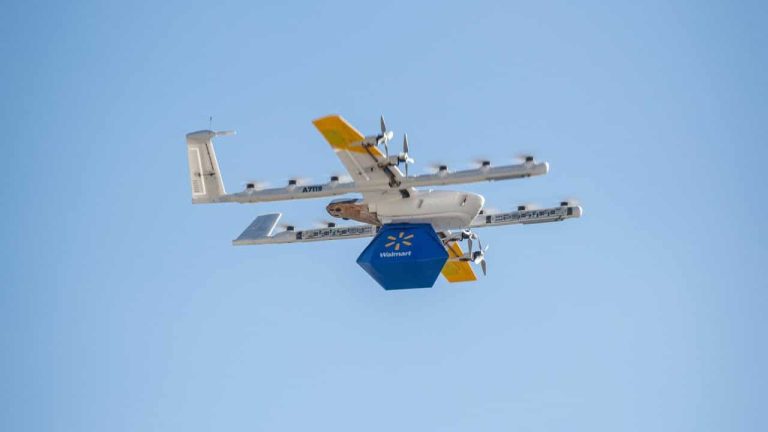
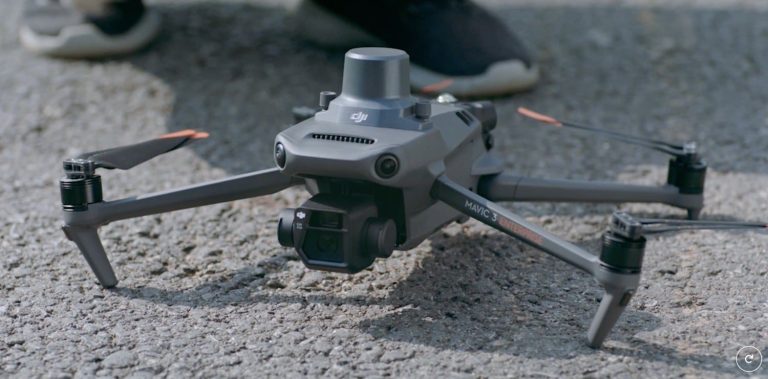

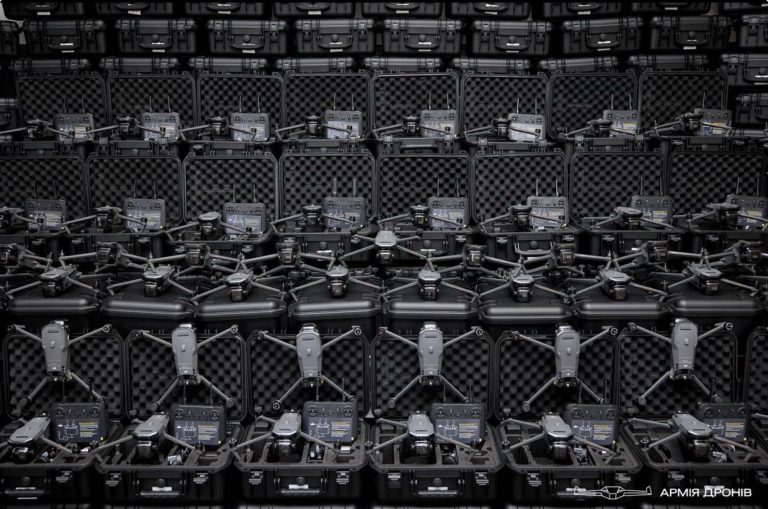
+ There are no comments
Add yours